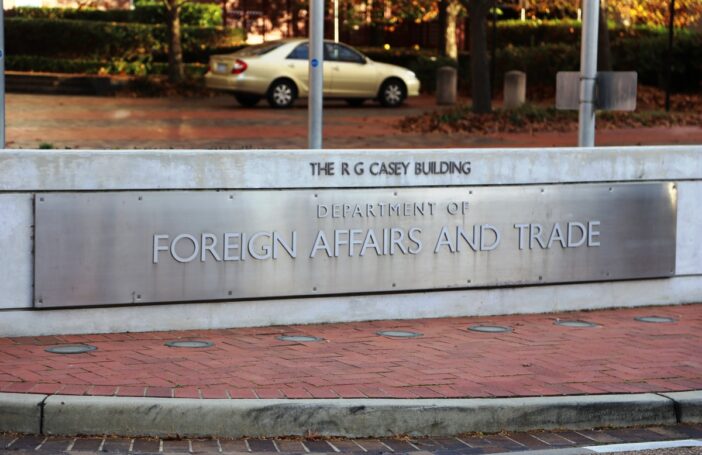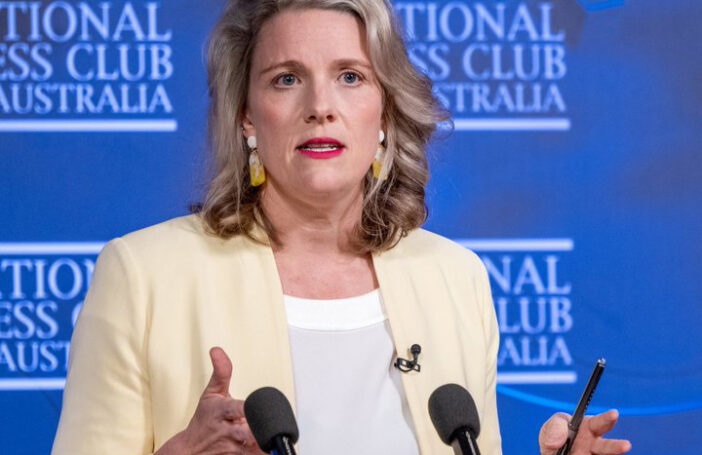This week the Australian Government announced a “new era for Pacific Australia labour mobility”. A new acronym would have been more accurate – PALM. It is described on its new website as the Pacific Australia Labour Mobility scheme, under which sit the existing schemes, now downgraded to initiatives, the Seasonal Worker Programme (SWP) and the Pacific Labour Scheme (PLS).
There is an advisory group for PALM that will be co-chaired by the Department of Education, Skills and Employment (DESE) and by the Department of Foreign Affairs and Trade (DFAT). That group will provide advice, but who will run PALM? The website is quiet on that, and the answer is presumably no-one. DESE will continue to run the SWP, and DFAT will continue to run the PLS. When you strip away the rhetoric, PALM is an attempt to manage the two programs in a more coordinated way.
This is a step forward, but employers might have been expecting something quite different. The first quote highlighted by the document summarising the recently closed submission process for the SWP-PLS alignment process is from the Approved Employers of Australia, an SWP employer group. They say: “The SWP and PLS should be administered via a single program body with Government Agency support. One Deed and one set of Guidelines.”
This announcement is a long way from that. There is one application process, but separate deeds, guidelines, and program bodies.
Alignment itself, however timidly or boldly pursued, will only contribute in a small way to the underlying goal articulated in the announcement of “more flexibility and less red tape”. 71% of PLS workers work in abattoirs, which simply don’t feature in the SWP. Only 21% work in agriculture and horticulture, which is the SWP’s focus.
There are a few improvements to the visas in the announcement beyond alignment. For example, labour market testing – widely regarded by SWP/PLS employers as a waste of time – will now only have to be conducted every 12 months, not every six. The new skills development program could be useful for meat-workers to allow them to move onto a different visa so that they can bring their family to Australia. Accommodation providers across all of Australia can now employ workers under the SWP (previously only North Australian ones could, though very few did). The upper age limit on PLS workers (45 years) has been removed.
These reforms are incremental rather than radical in nature. More is promised later this year, but there are few hints of what the future changes will cover beyond “further measures to address portability and red tape.”
Perhaps the biggest question behind the announcement relates to the third visa – the Australian Agricultural visa – which isn’t mentioned at all. Little effort has been made to justify the introduction of this new visa – targeted at Asian rather than Pacific workers – on top of the existing two. To the extent that one has been attempted, it has been based on the fact that the existing (PALM) schemes are over-regulated. NFF president Fiona Simson has said that “the costs and regulatory requirements in the Pacific Labour Scheme and Seasonal Workers Programme meant they did not suit many farms”.
In the coming months, either the SWP and PLS are going to be made significantly more flexible and less regulated or any changes will be minor – in which case the government thinks the existing balance between flexibility and protection is about right. Either way, the over-regulation argument for the Australian Agricultural visa loses its force.






I hope there won’t be any confusion with PALMS! http://www.palms.org.au